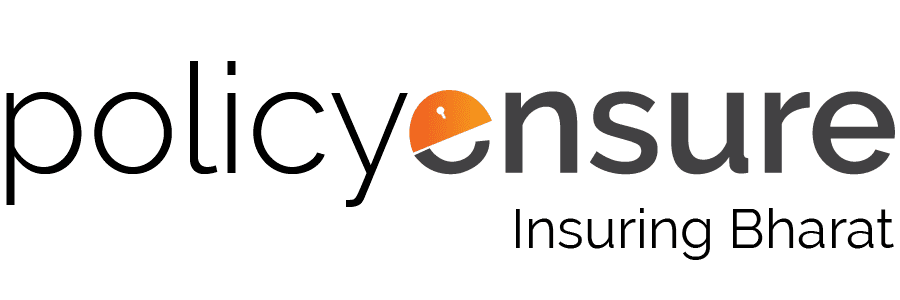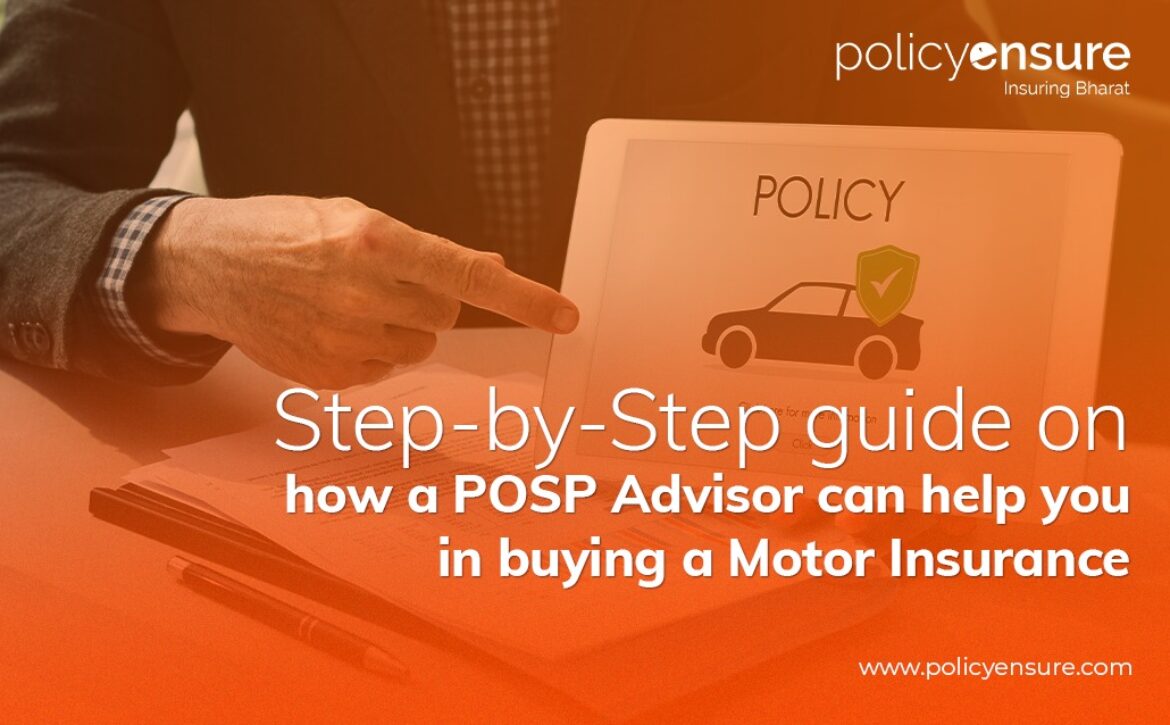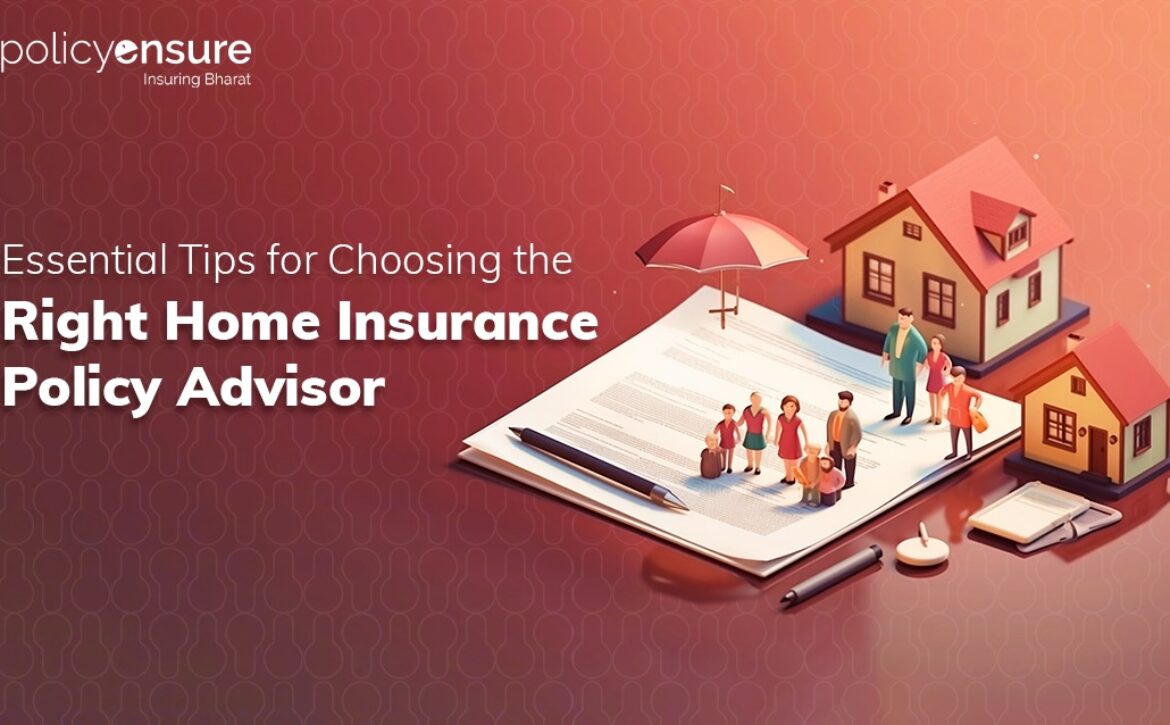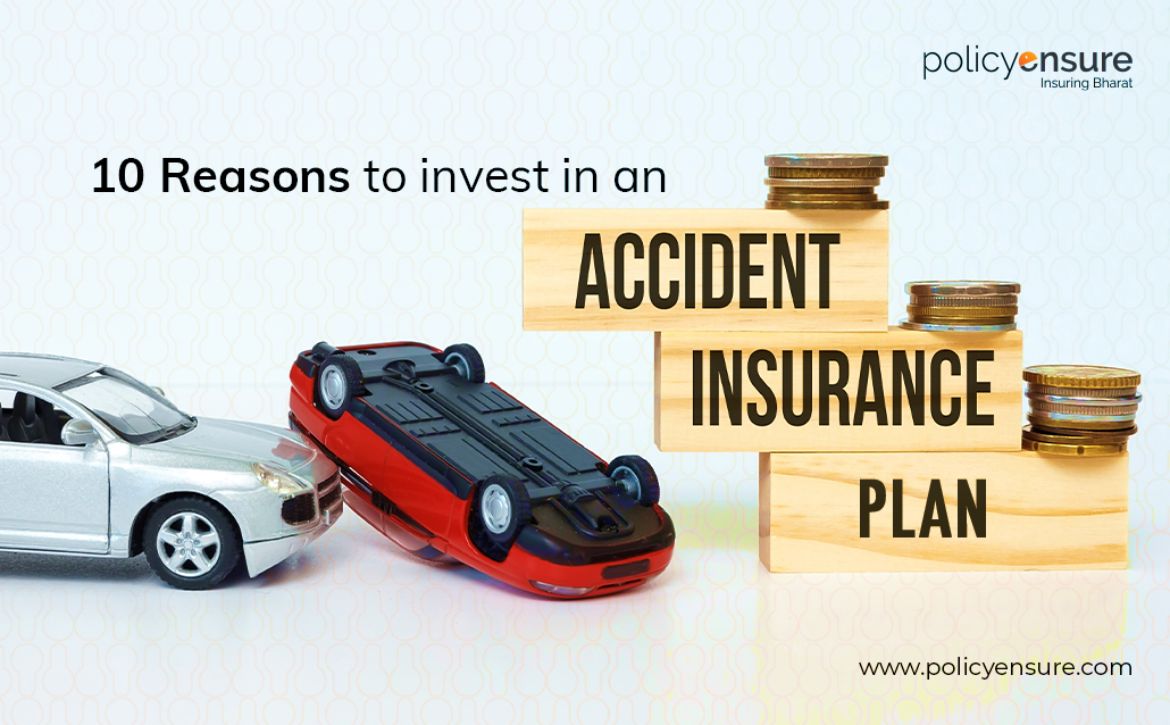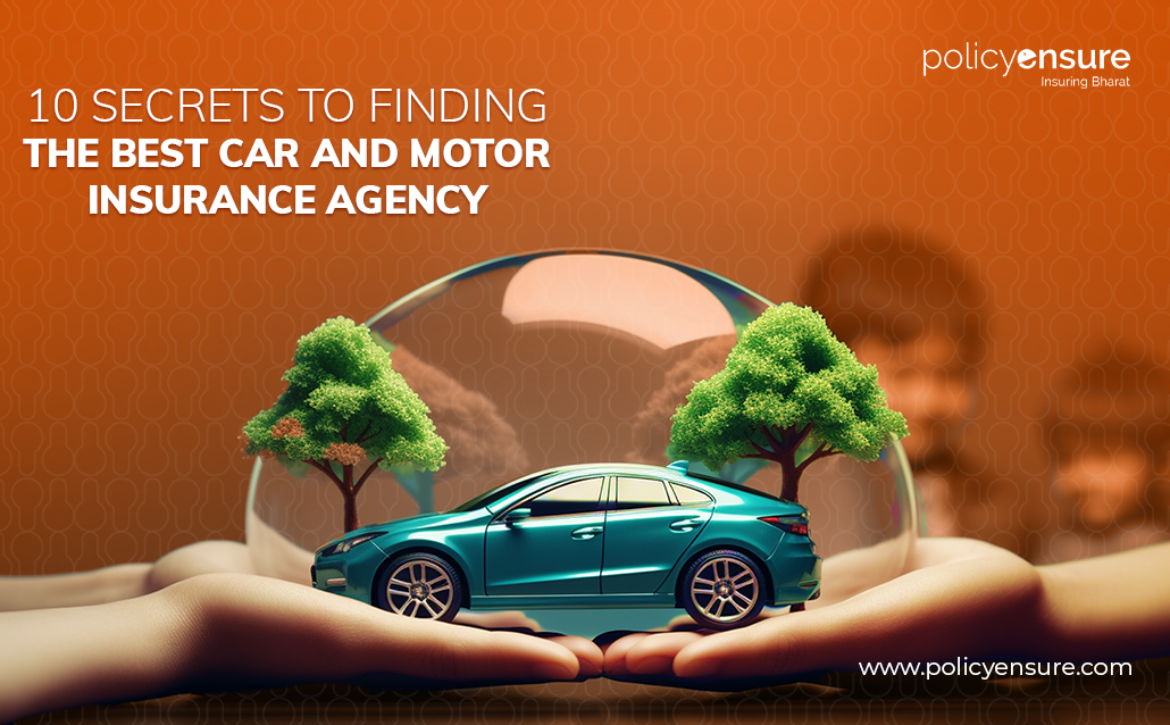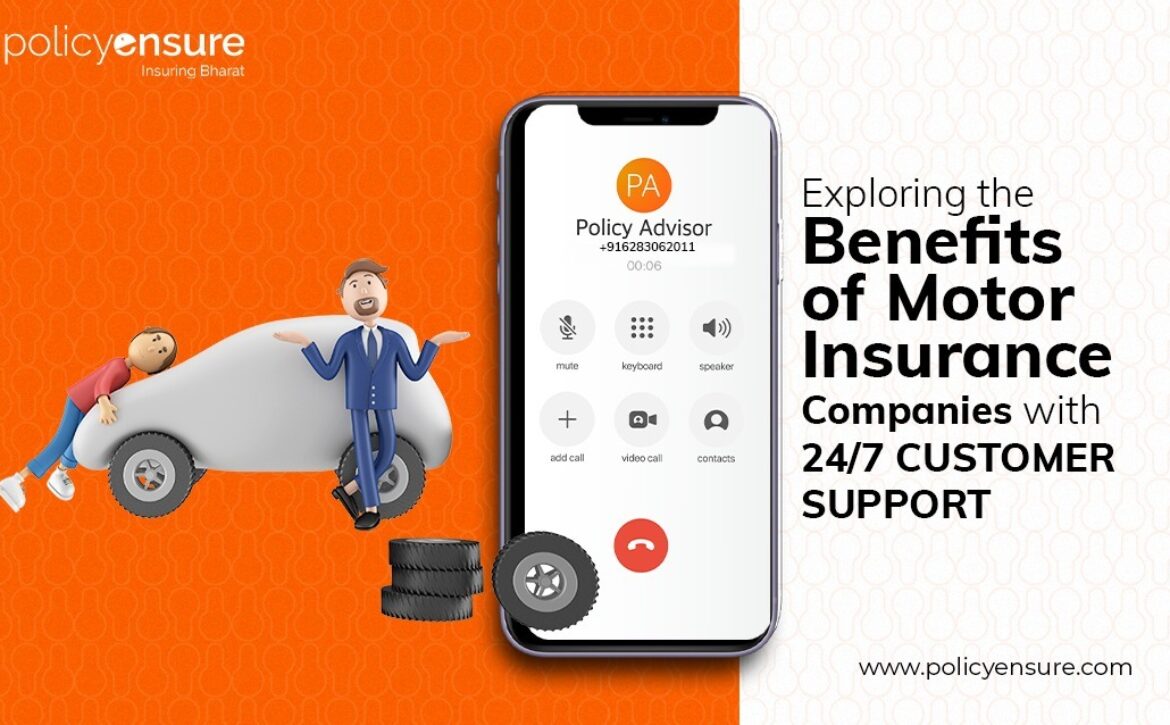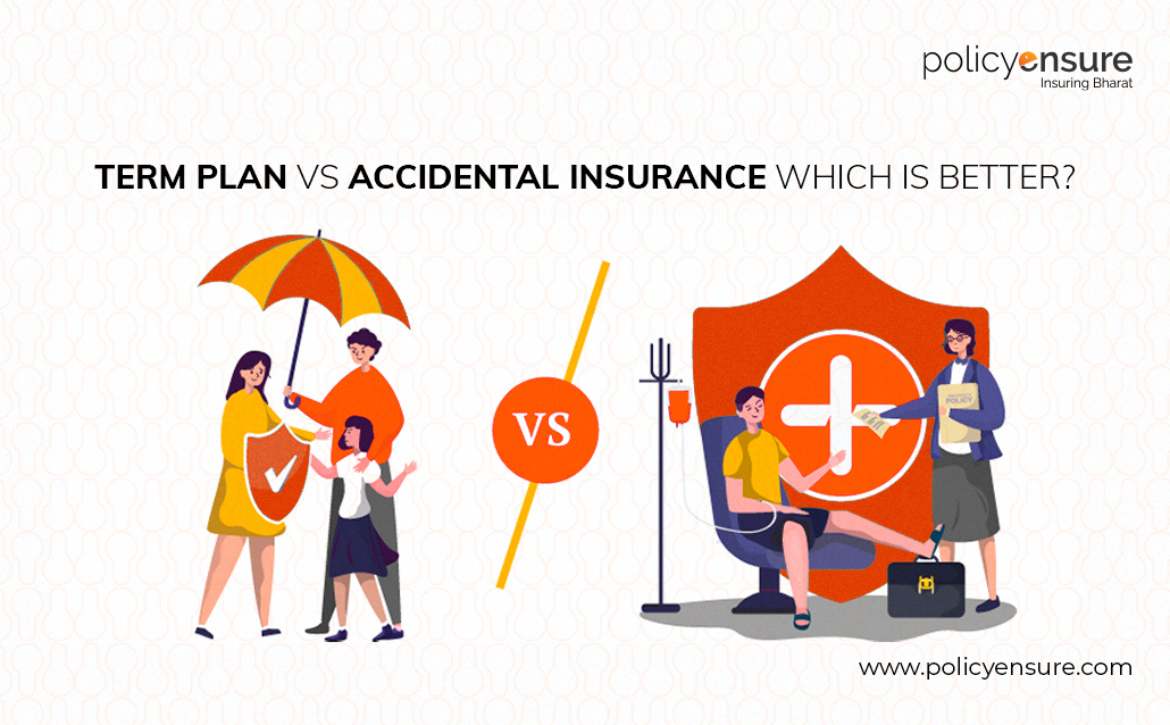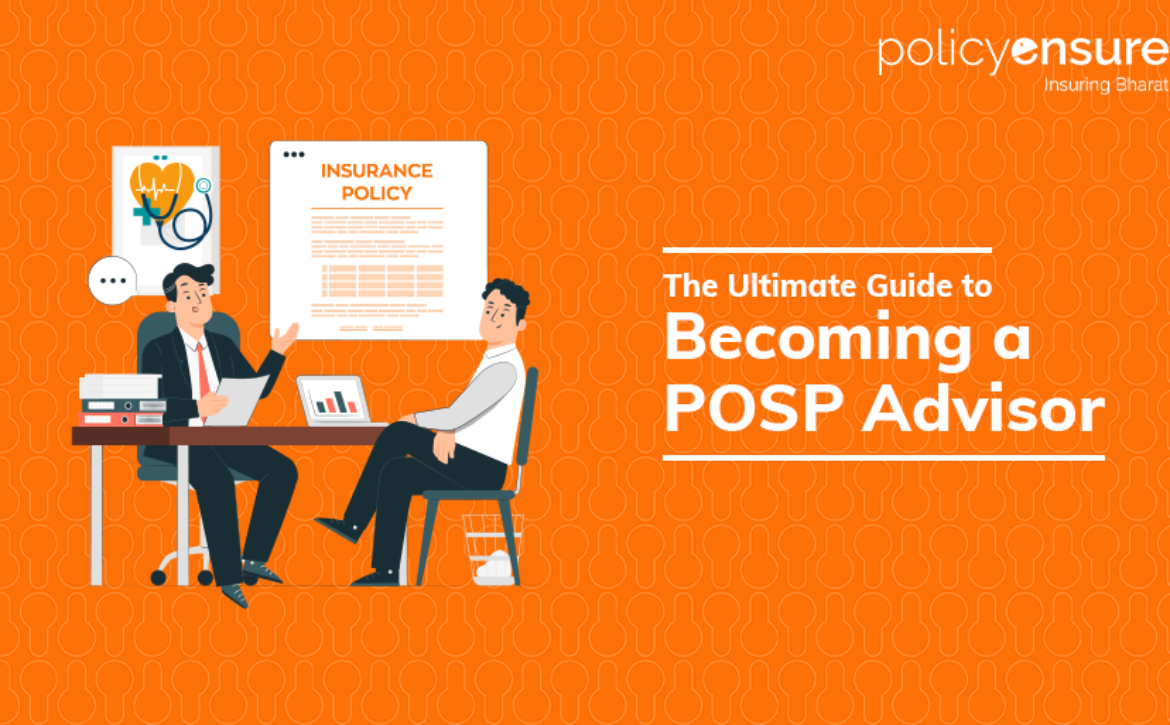Demystifying Affordable Health Insurance: What You Need to Know
In today’s uncertain world, having health insurance has become imperative, especially when the costs of medical treatments are getting high. It is the best way to deal with unforeseen expenses, as we are surrounded by a multitude of diseases that could harshly impact our lives. Although one will be able to negate these expenses with the right health insurance, often potential buyers are worried about the high cost of premiums. However, today, there are several ways individuals can get the best affordable health insurance and procure the maximum benefits. Let us delve into some of the steps that potential buyers can follow to get the best health insurance plan that is also affordable.
Starting as early as possible
In a bid to keep the premium lower, it is advised that you start your health insurance journey as early as possible. This is due to the fact that young people are considered a low-risk category by insurance companies because they are less likely to contract any chronic health conditions. Therefore, when you purchase an insurance policy at a young age, the premium is likely to stay low for many years to come. This is how you can initially get the most affordable health insurance.
Choosing the right add-ons
Whether it is a small ailment, a common cold, or any major health issue, consulting a doctor from time to time has become a necessity. On average, an individual spends thousands of rupees annually on a doctor’s visit. A wise move here would be to consider the right add-ons to formulate the best affordable health insurance. For instance, a wise move would be to select a plan that covers the OPD expenses or encompasses the doctor’s consultation fees. This can ensure that you get enough coverage in case the cost of consultations rises over time.
Go for the family floater plan
If you are considering purchasing the best health insurance plan for your family, then it is advised to purchase a family floater plan instead of buying individual insurance policies. A family plan will not only cover all the family members but also be more affordable on a floated sum insured basis as you pay a single premium amount. Moreover, another strategy to save a large amount is to purchase separate insurance for elders, as including them in your floating plan may increase your premium price.
Consult a PoSP
Searching online for the best affordable health insurance may be a quicker method to get information; however, it may not provide the provision of personalisation based on your preferences. This is where the role of the point-of-sale person (PoSP) comes into play. A PoSP can understand your needs, help policyholders in case of claim and provide you with the best health insurance plan that covers all your requirements. Moreover, they can also help you choose a policy that is effective, affordable, and has relevant add-ons. Apart from health insurance, PoSPs can also help you choose the best personal accident insurance policy.

Unlock affordability with Policy Ensure Nowadays, health insurance has become essential for everyone and is something you cannot avoid. However, with the above-mentioned tips, you can keep your premiums as low as possible. Purchasing the best affordable health insurance can be overwhelming for some people, but thankfully, credible and licenced brokers like Policy Ensure are available to assist in unlocking affordability. You can get in touch with a PoSP, who will listen and understand your needs and recommend the best health insurance plan, which is also cost-effective. This is how a reputed broker and PoSPs make it easy, affordable and convenient for you to future-proof your health.
